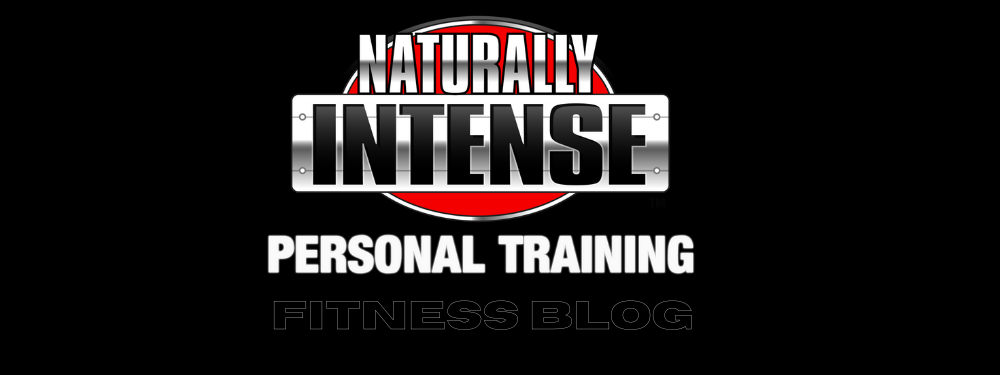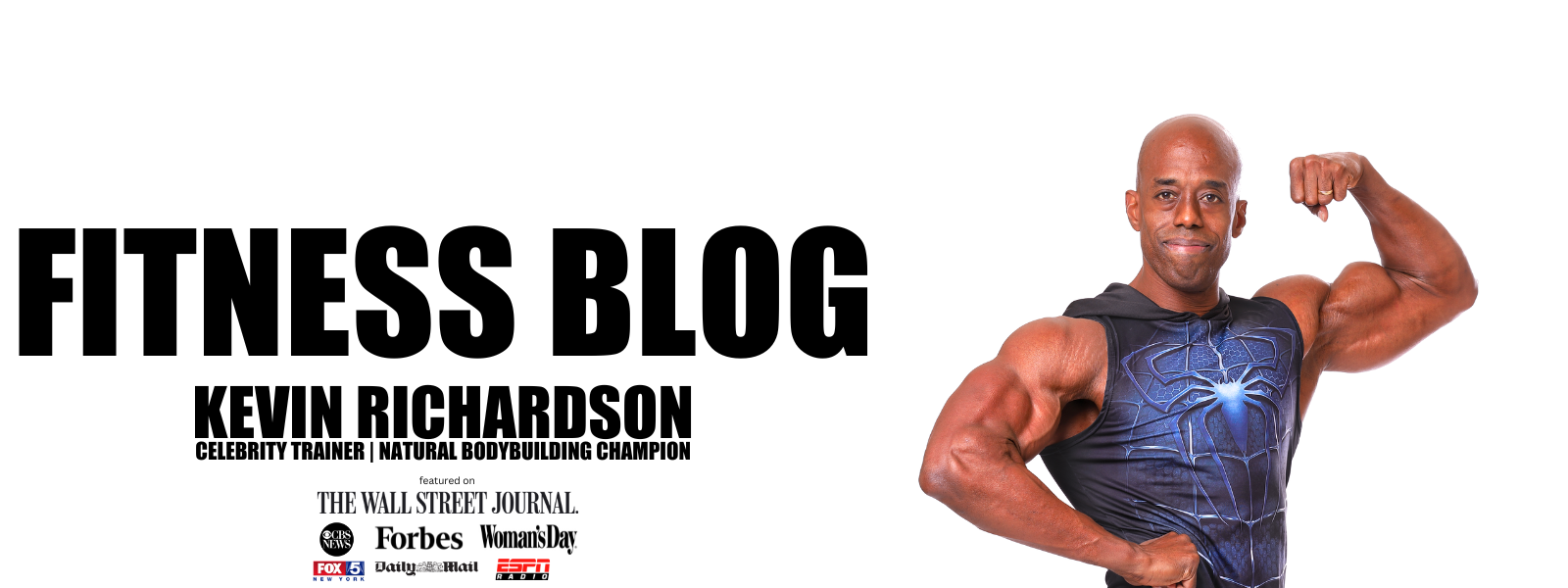Click Here to See Full Video: Do You Outgrow Muscle Soreness Over Time?
Do You Outgrow Muscle Soreness Over Time?
So one question I often get asked is, “Do I still get sore having trained with Naturally Intense High Intensity Training protocols for the past 30 plus years?”
And it’s a really good question because with Naturally Intense High Intensity Training, you’re going all out, which means that the day after, and sometimes even for as long as a week afterwards, you can be debilitatingly sore.
And it’s a really interesting question as to whether or not soreness goes away over time.
In this video, I’m going to talk about how sore I was when I first started training and whether or not I’m still sore now having trained this way for 33 years.
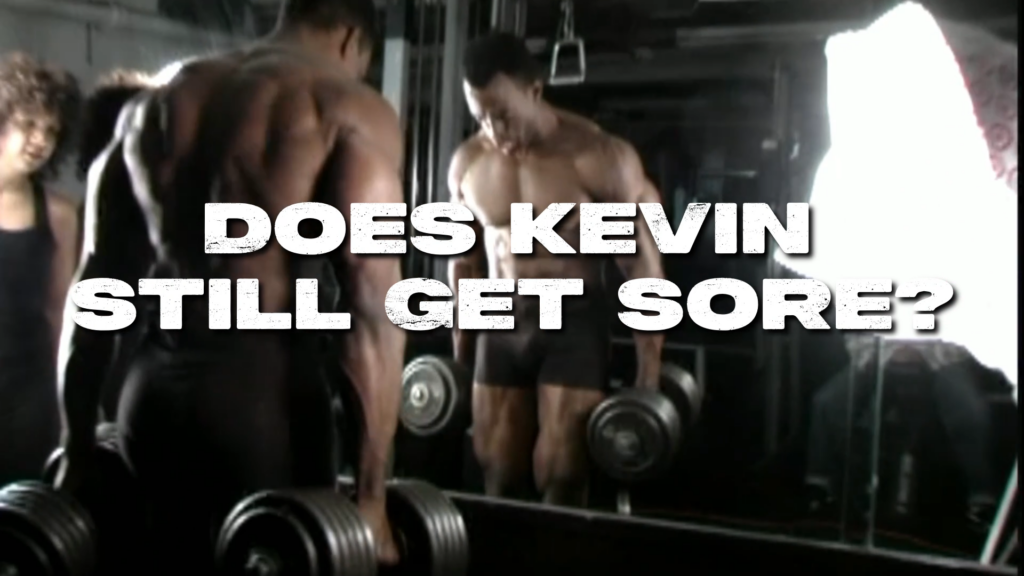
So stay tuned and let’s roll the credits.
So in this video, we’re talking about is it possible to outgrow muscle soreness?
Does there come a point where when you’re training at really high intensity that your body gets used to it, and you just don’t get sore anymore?
Before I go any further, I’d like to stop and take a moment to thank every single one of you for the tremendous support this channel has gotten.
Especially those who this video should be a one-stop place for anywhere, instead you’re training naturally and without supplements.
Thanks again for the support, and do be sure to like, subscribe, and hit that bell as well so you’re first in line to get the new content as it comes out.
Does Kevin Still Get Sore After a Workout?
So the question on hand is, does Kevin still get sore having trained for over 30 years with high intensity training?
And the answer is…
Yes.
I still get sore
In fact, I get debilitatingly sore, ridiculously sore.
I’m in agony most of the time.
In fact, I did legs here in my home gym with my training partner, Erika, and my legs are killing me.
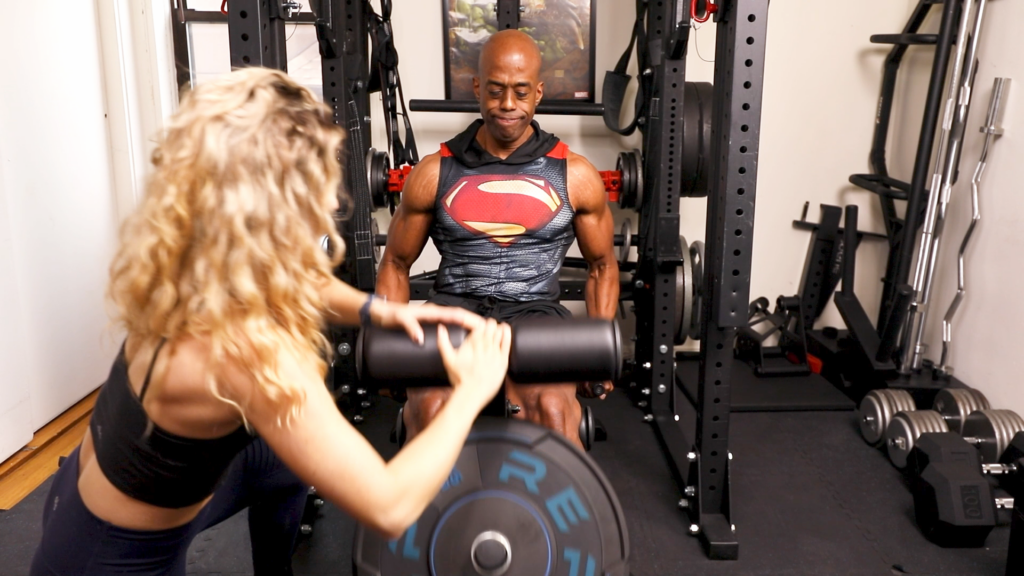
“Same.” – Naturally Intense Personal Trainer Erika Citrin
And it’s not just legs, it’s everything.
Back and shoulders, chest and arms.
Afterwards, everything just hurts.
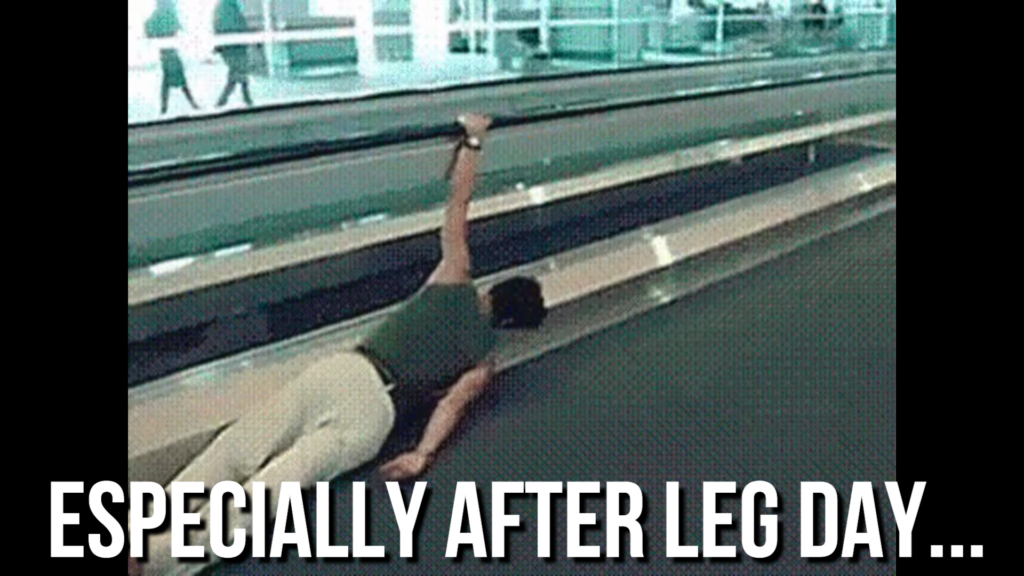
Naturally Intense High Intensity Training and DOMS
And I do wish, even from my own sake, that I wasn’t as sore as I am right now from that workout I just did.
Me too.
But delayed onset muscle soreness (DOMS) is very much a part of any form of high intensity training.
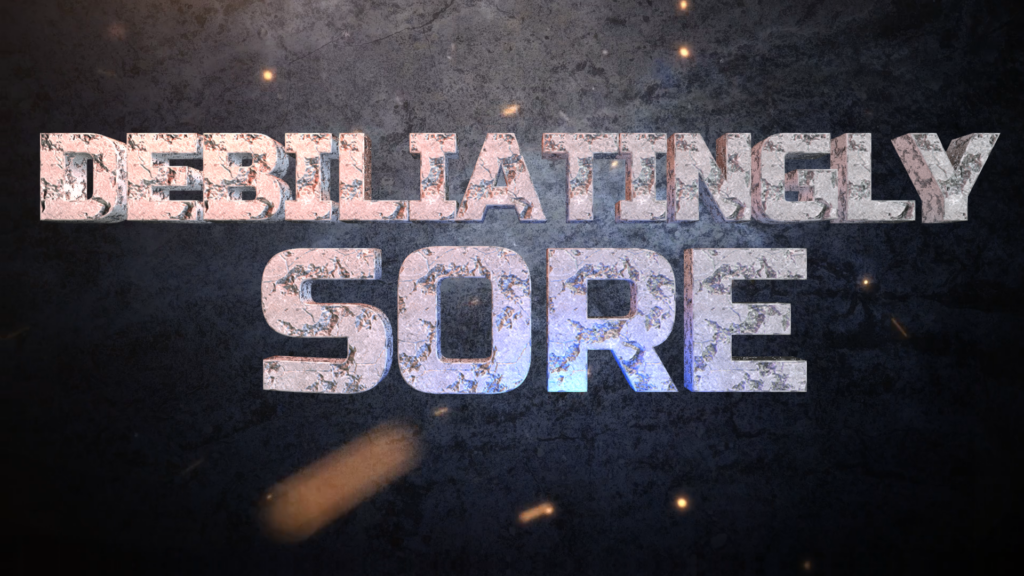
And while nothing will hurt as much as your first time doing a really high intensity workout, and as you progress, your muscles get bigger and stronger and you get more acclimatized to really training hard, I think it actually gets worse.
When I first started high intensity training, I would be absolutely dreading leg day.
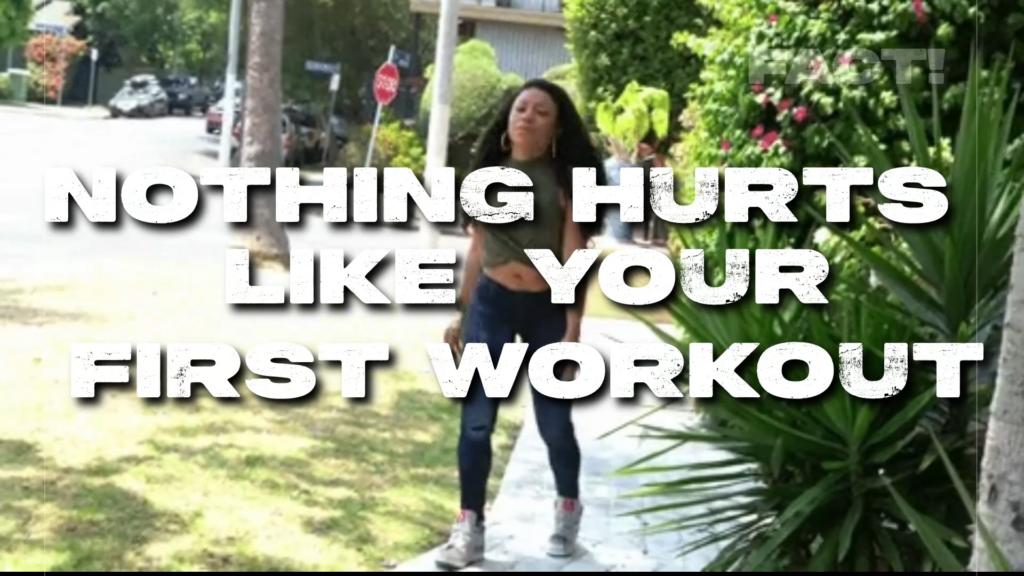
Not too much for the workout itself, which was brutal, but the days afterwards.
But here’s the hardest part.
As I started training almost every single body part with the same determination and brutal intensity that I would bring to a leg workout, it didn’t really make a difference.
I would do a chest and arm workout and feel like a truck hit me afterwards.
And I’d be so sore after my back and shoulder workouts that the pain would be indistinguishable from the pain that I would get from a really hard leg day.
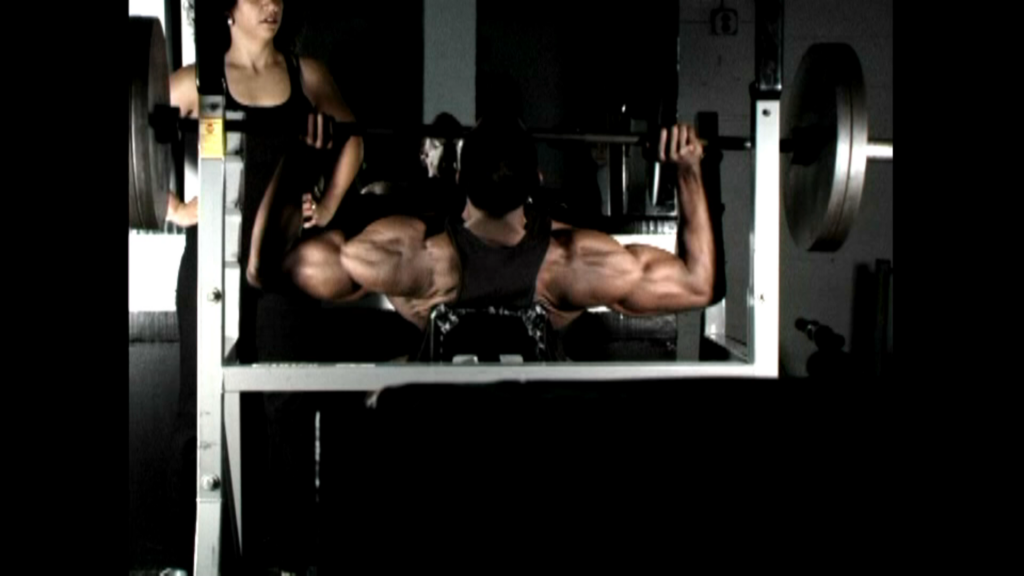
Here’s the strange part.
I actually do look forward to that delayed onset muscle soreness.
And it even feels strange, those very rare occasions where I miss a workout that I can go a couple of days and not be sore.
Why Delayed Onset Muscle Soreness Persists Over Time
Here’s the main reason why.
Now, there’s not exactly a consensus as to why it is that we feel delayed onset muscle soreness.
And some of the theories include lactic acid, muscle spasm, connective tissue damage, inflammation, and enzyme influence.
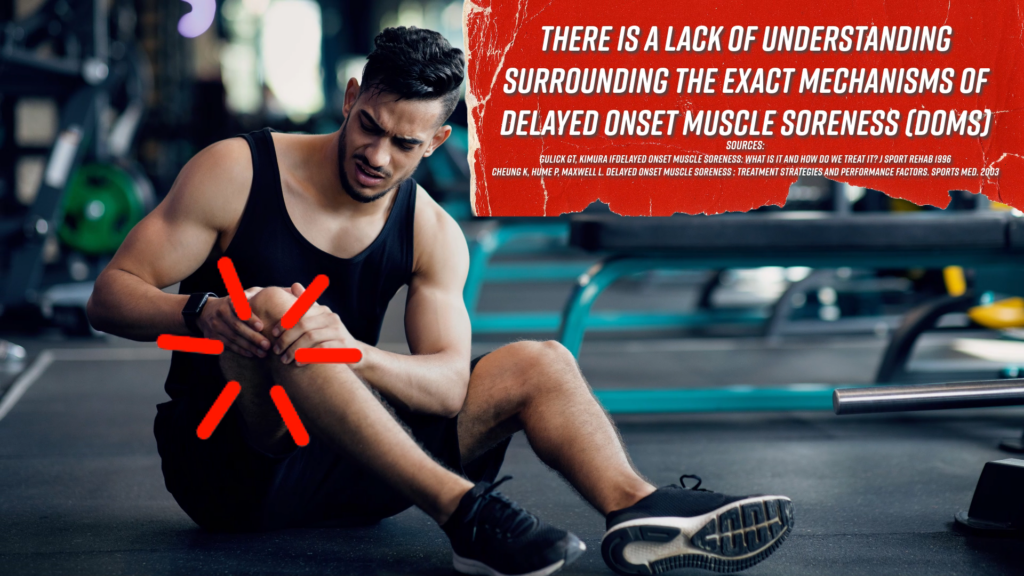
There’s theories that have been proposed to try to explain the phenomenon, but we don’t really know for sure.
But what we seem to observe is that it may actually be a combination of many of these theories all at the same time.
Eccentric Exercise Increases Muscle Soreness
We do know for a fact, however, that eccentric training and eccentric movements do exacerbate the amount of delayed onset muscle soreness you’re going to feel after a workout.
“Pushing down on the weight increases the eccentric phase of the exercise.
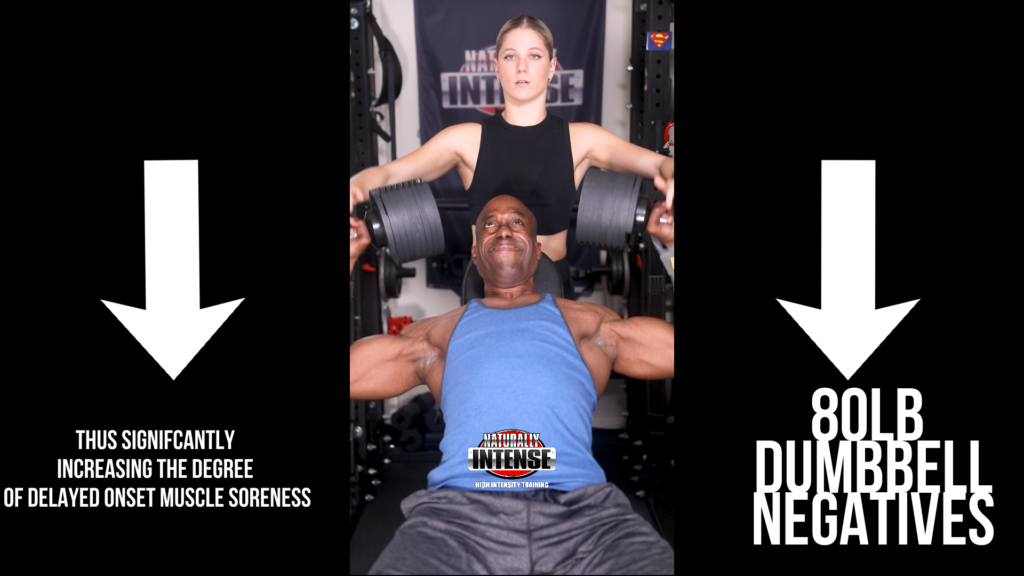
Thus significantly increasing the degree of delayed onset muscle soreness.”
“You got this.” – Naturally Intense Personal Trainer Erika Citrin while training with Kevin Richardson.
Because our muscles contract in three main ways: concentrically: when you lift something.
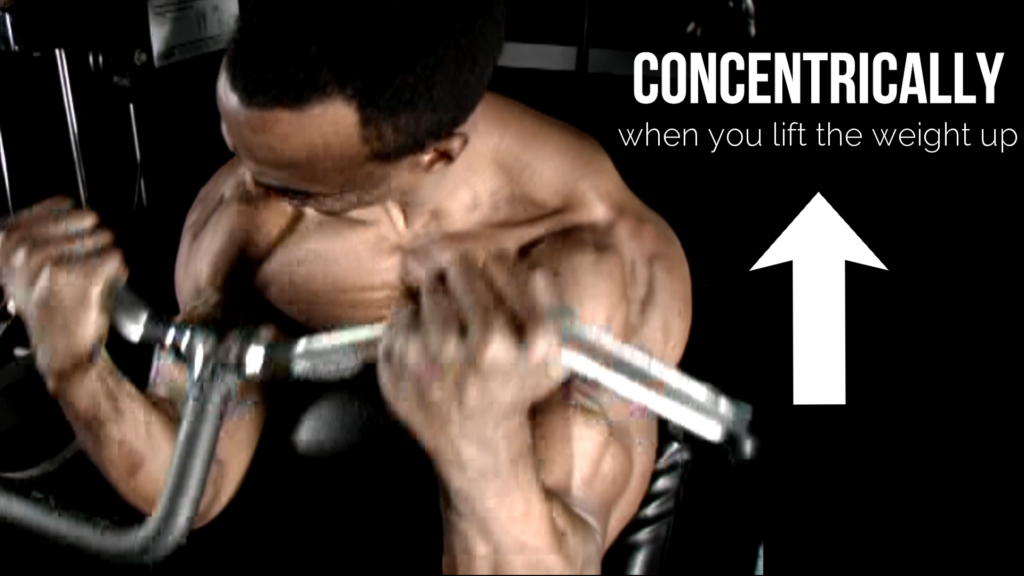
Isometrically: when you hold it in position.
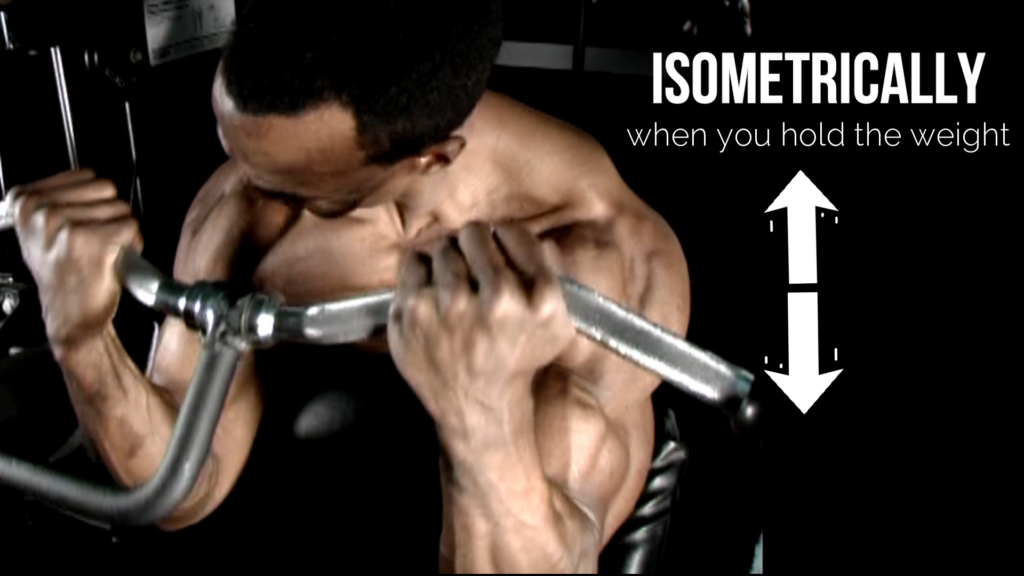
And eccentrically, when you’re lowering it.
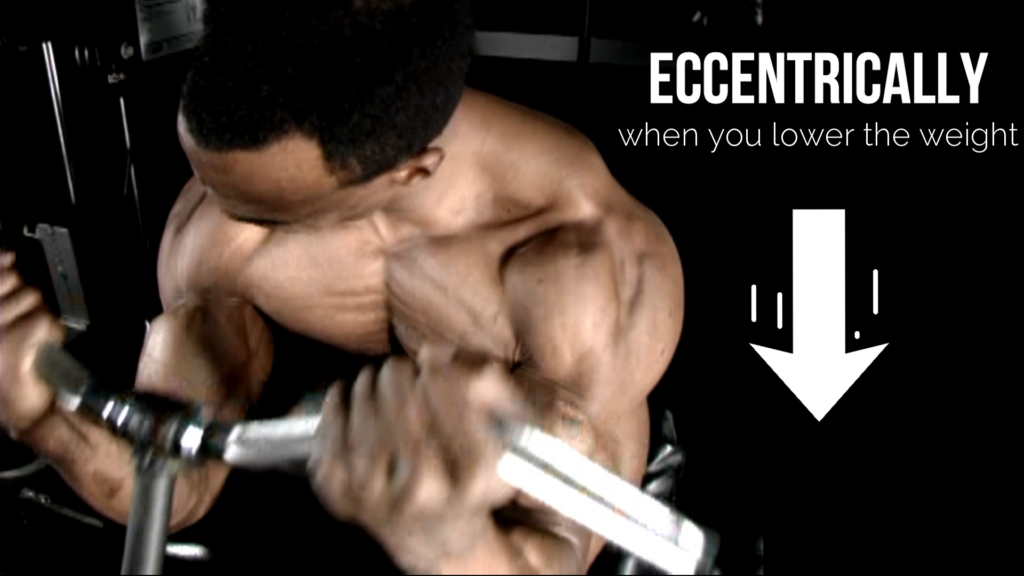
Now, it’s the lowering phase when you’re lengthening the muscle that creates the most microtrauma to the muscle.
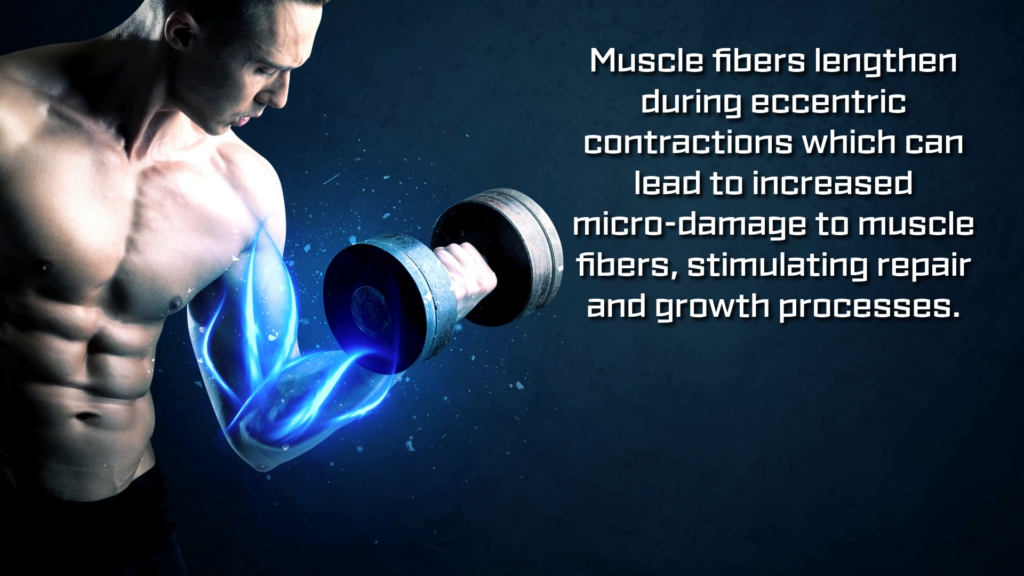
See Kevin’s Video on Jump Pull Ups here for another exercise that focuses on eccentric movements in training.
And in doing so, it can make you really sore.
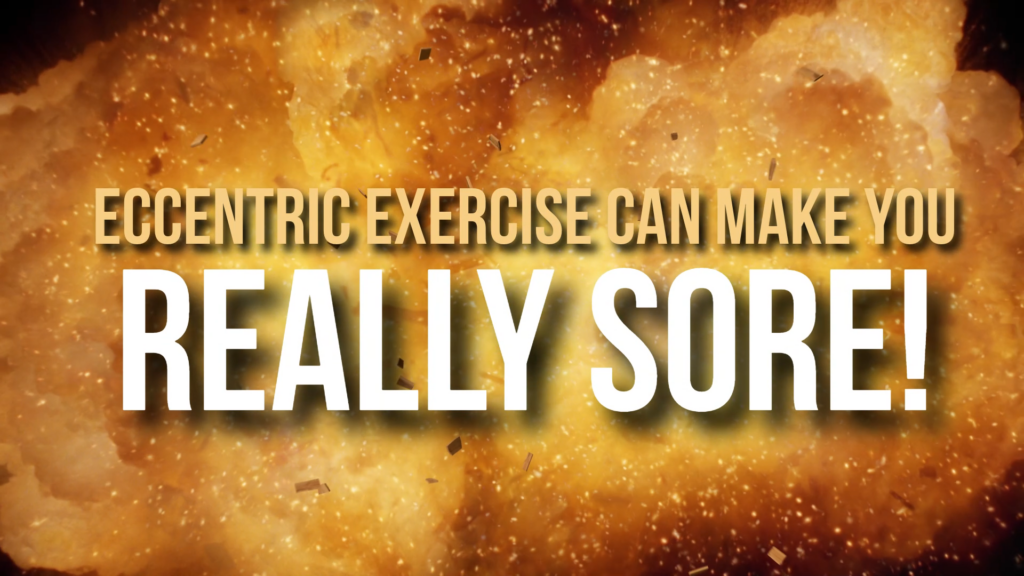
How Changing Routines Makes You Sore After Training
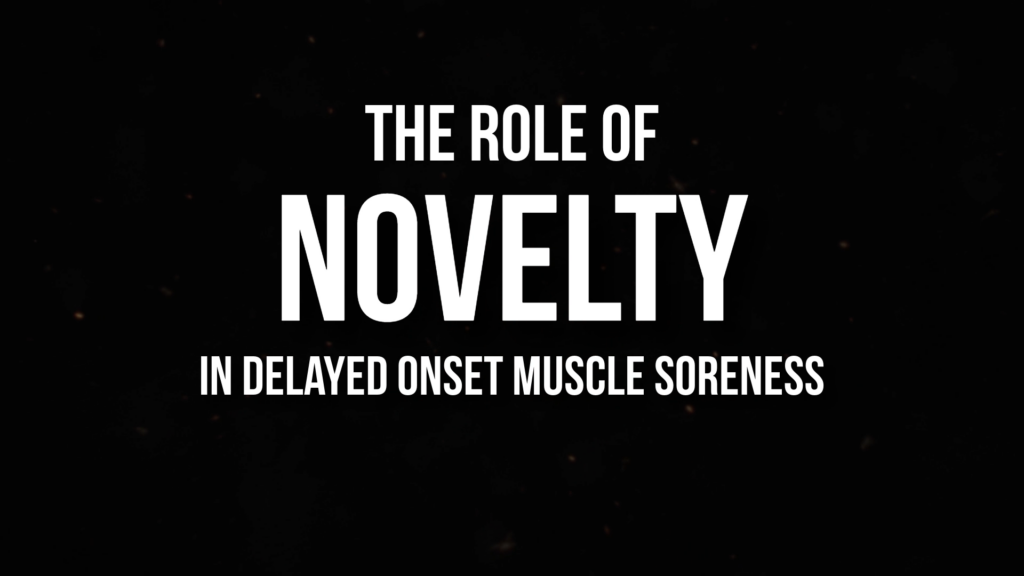
And we also have to consider the role of novelty in delayed onset muscle soreness.
And for most people, when they first start training they’re really sore, and as time goes on with conventional training, they aren’t as sore.
But with Naturally Intense High Intensity Training, every single workout is different.
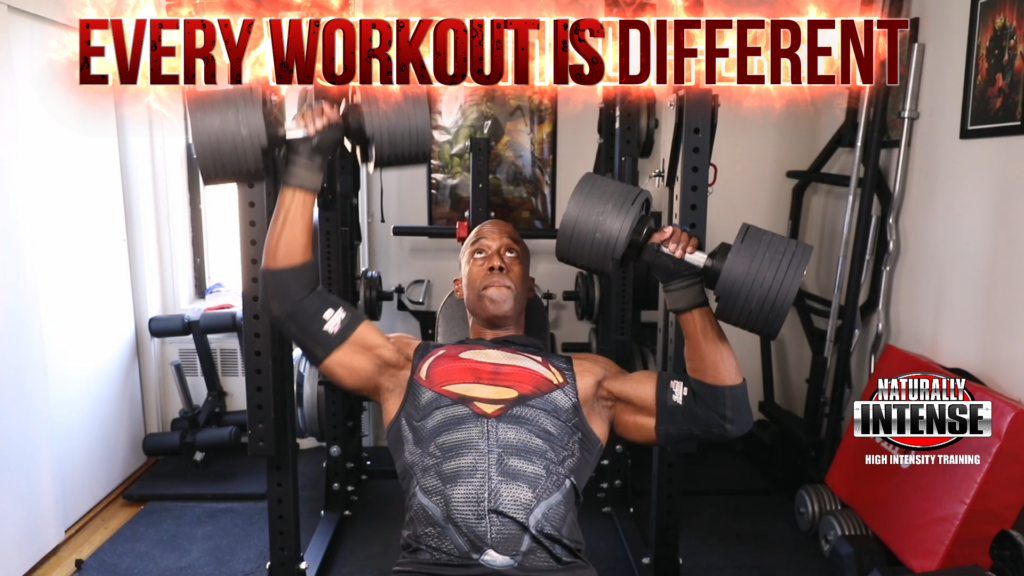
And there’s a huge focus on eccentric movements.
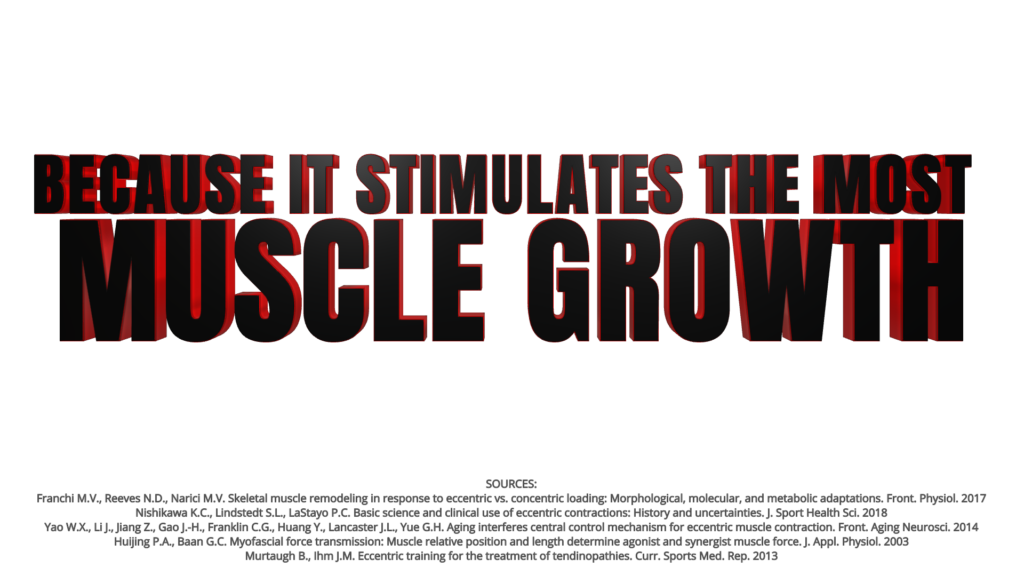
And because every single workout is different, you’re always hitting your muscles from different angles, which is another key factor, something that makes you really sore.
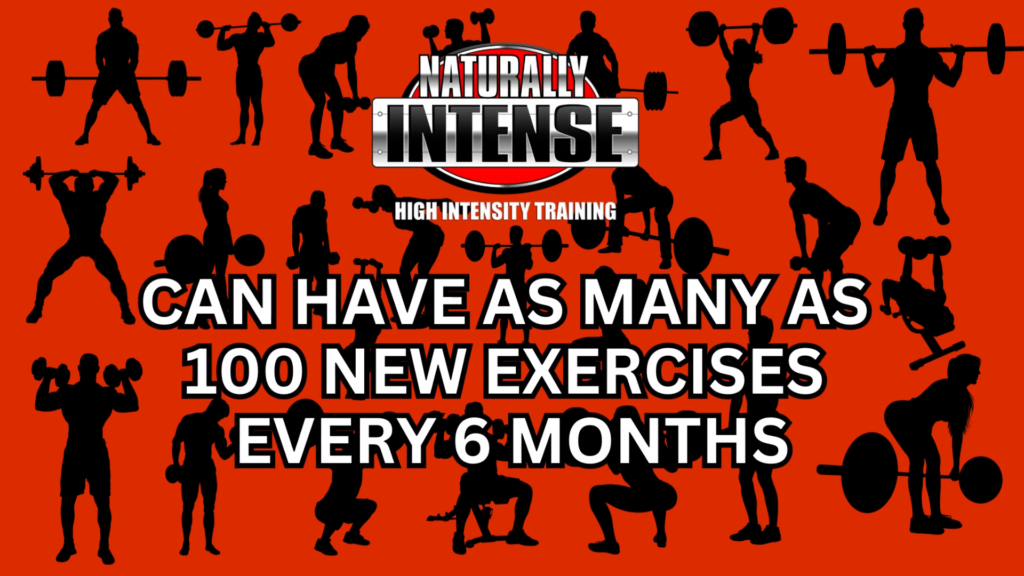
Think about someone who goes out and shovels snow in the wintertime, or someone in really great shape who goes for a hike or someone in good shape as well who tries climbing.
Now they can do all those activities, but they’re going to be really sore afterwards, not because they’re out of shape or not fit, but because the muscles aren’t used to contracting in the way it’s required to do those particular activities.
Now, because your muscles are being hit from angles they’re not used to consistently, and the fact that there’s a high eccentric component to this particular form of training, it means that most people are going to be really, really sore afterwards.
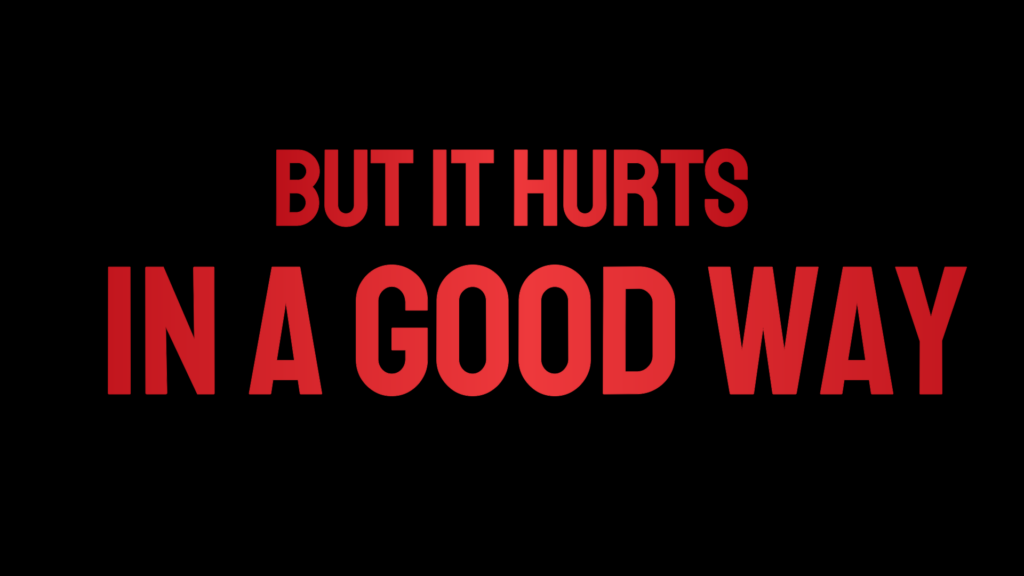
Delayed Onset Muscle Soreness is Not a Gauge for Growth
Now, you’ll notice I said most people because not everyone is necessarily tremendously sore after these particular workouts.
And that’s important because a lot of people will use muscle soreness as a gauge as to whether or not they had a hard workout or not.
